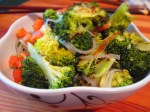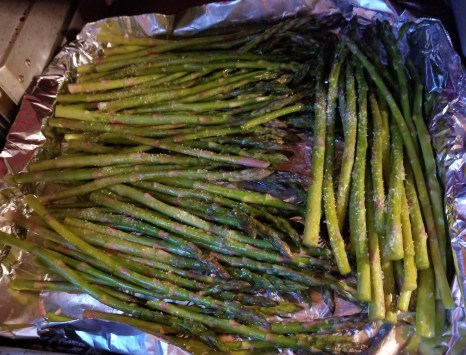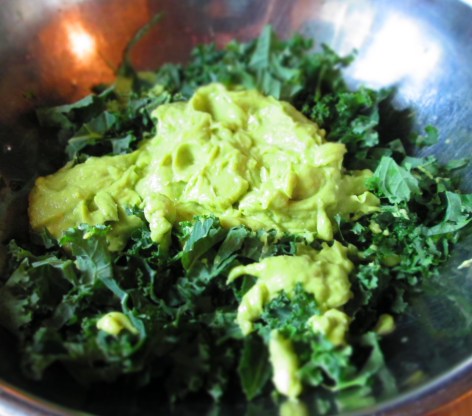 Emilia-Romagna
Emilia-Romagna
Ah, caught your eye with that title, didn’t I? Strozzapreti, which literally means “priest-chokers” (strozza=to choke or strangle; preti=priest) is a type of pasta, and it stars in this week’s recipe in my 20 Regions of Italy project, based on the book La Cucina—The Regional Cooking of Italy by Accademia Italiana della Cucina (The Italian Academy of Cuisine).
Here’s the thing: Some pasta names refer to different shapes, depending on what region of Italy you go to, and so it is with strozzapreti. In some regions, strozzapreti look like twisted ropes, whereas in other regions, it refers to various shapes that are large and grow larger as they cook, and can easily be used to choke the local cleric. There are different theories for the origin of the name, from accidental choking to intentional suffocation, but it’s one of the best pasta shape names. (It seems to me that since this name is widespread throughout the country, choking priests must have been a common practice.) In Emilia-Romagna, they resemble what my people from Basilicata referred to as “macaroni.” I looked for something in the supermarket to replicate this and the closest I came was casarecci, or “house-style noodles.” You can also use gemelli, or anything similar. In the case of this specific recipe (i.e., according to the book), this pasta got its name from its white color, due to the lack of eggs, and reminiscent of priests’ collars.

Lischi/agretti
The recipe is from the nineteenth century, but the title of this recipe is misleading. When I first saw it, I assumed I’d be using salsify—that long, black-skinned root vegetable, called scorzanera in Italian (scorza=peel, nera=black). But I was wrong. What this dish actually requires is a marsh grass known in Italian as lischi, agretti or Barba di Frate. The authors of this book (or perhaps the translators) seem to think that lischi are the young leaves of the salsify plant, but I’ve researched it and I’ve come up with no evidence to support this. Maybe somewhere in the translation, they ran across lischi’s latin name, Salsola soda, and confused it with salsify.
Having said all that, lischi is almost impossible to get locally in the U.S., unless you’re lucky enough to encounter
it at a farmers’ market somewhere, grow it yourself, or order it online. The book suggests using Swiss chard leaves as a substitute, but that comes nowhere near replicating lischi. I scoured the many offerings of Asian markets, looking for something similar. Lischi have a grassy, slightly bitter taste, and are long. They look almost like Chinese long beans, only with an oceanic sheen to it, similar to algae, or seaweed. Neither of those things, however, seemed appropriate. In the end, I settled for chives. Not the smallish French, or onion, chives (the kind that you snip on top of your hors d’oeuvres), and not flowering chives, but long, flat-leaf chives, known as garlic chives. The garlicky flavor is very mild when it’s cooked, and it has a similar strand-like appearance to the lischi.
The result was pretty good, and definitely a change of pace from the typical pasta dish.

Flat-leaf chives
Strozzapreti
Priest-Chokers with Salsify Sauce
Makes 4 servings.
½ pound strozzapretti (or other short pasta)
2 teaspoons salt
4 tablespoons unsalted butter
7 ounces pancetta, diced
4 ounces lischi (or flat-leaf chives)
1 cup dry red wine, preferably Sangiovese di Romagna)
2/3 cup grated Parmigiano-Reggiano
Bring a medium pot of water to a boil. Add the pasta and 2 teaspoons salt. Cook, stirring often, until the pasta is al dente, about 8 to 12 minutes, depending on the type you use. Drain well.
Meanwhile, place the lischi (or chives) in another pot and cover with water. Bring it to a boil; lower the heat and simmer until the the vegetables are tender, about 3 to 5 minutes. Drain well. Heat 1 tablespoon of the butter in a medium pan; add the pancetta and saute over low heat until the pancetta has lightly browned.
Heat 1 tablespoon of the butter in a medium pan; add the pancetta and saute over low heat until the pancetta has lightly browned.  Add the lischi and wine. Simmer over medium heat.
Add the lischi and wine. Simmer over medium heat.  When the wine has evaporated, add the cooked strozzapreti and the rest of the butter. Toss to heat.
When the wine has evaporated, add the cooked strozzapreti and the rest of the butter. Toss to heat. Sprinkle with the Parmigiano-Reggiano and serve.
Sprinkle with the Parmigiano-Reggiano and serve.



































































